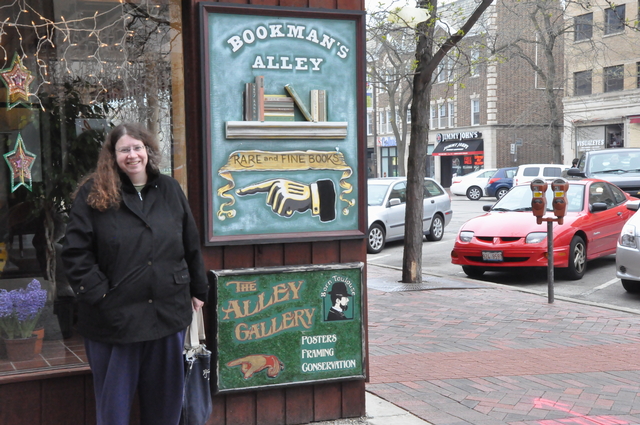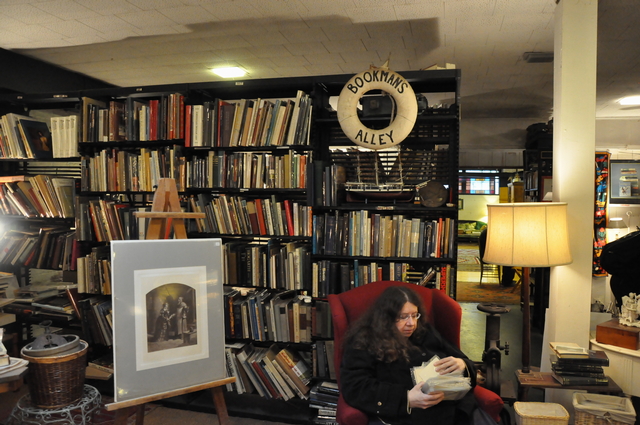Hungry for the World: A Memoir by Kim Barnes. New York: Anchor Books. 2001. 256 pages.
It takes a certain amount of ego to write a memoir, especially if your life hasn’t been influential or extraordinary. Kim Barnes may have been counting on her life appearing to be the latter when she wrote Hungry for the World, which focuses on her serial relationships with men — from the father of childhood to the lovers of youth to the husband of maturity, circling back to her father, now a grandfather. Throughout, she obsesses over the girl she was and the woman she must be. Her journey is set in Idaho and the Pacific Northwest, in a wilderness penetrated by wanton hunters, felled by loggers, and drowned and despoiled by industry, and in cities and towns filled with more drugs and vice than jobs.
Barnes is a woman in man’s world, even more so after her parents convert to the Pentecostal faith. As he turns further inward, her father seeks self-denial and self-punishment by moving his family from the forest they love into town, where, when he isn’t driving his truck route, he’s sitting around in front of the TV, smoking and apparently contemplating his relationship with God. The more Barnes struggles to understand her father, the more distant he seems. He’s less parent than mythical figure. He’s wise in the woods, taciturn, unrevealing, and unforgiving in town. Barnes is torn between her natural desire to live like a man — free, unencumbered, and in control — and her duty to follow in the path of women like her mother — subservient to God and man. But she is “hungry for the world,” although “world” here goes no farther than the localized experiences of school, work, lovers, alcohol, drugs, and the demands of David, the older man who craves her “trust” while demonstrating with every action his unworthiness of it.
Barnes seems to think her youth was exceptionally tawdry, but there’s nothing here that would surprise or shock anyone who came of age in the 1960s or 70s, not even her relationship with David, the controlling, damaged Vietnam veteran whose thrills depend on his ability to subdue and obliterate Barnes’s personality, preferences, and will — not unlike her father and his church with its patriarchal beliefs.
Many women may find the author’s story and its resolution inspiring, or, as a cover blurb gushes, “refreshing . . . a moving story of human regeneration.” For me, the telling of her story is so self-consciously literary that there’s nothing moving about it. For all the flowery musings and metaphors, Barnes conveys few emotions, only a stated sense of shame about the past and a sense of wonder, albeit detached, about the present.
Kim Barnes is a talented writer, and Hungry for the World abounds with passages whose wording transcends the ugliness of the not-so-extraordinary subject matter and limited, self-aware, and self-important perspective. The problem is that Hungry for the World is more a self-conscious literary exercise than a genuine, heartfelt attempt at memoir. All the pretty phrasings and all the reflective section endings don’t lend this memoir the emotional power and substance it might have had if Barnes had been able to let go of the one thing she, like the men in her life, seems hungry for — control.
8 July 2012
Copyright © Diane L. Schirf




